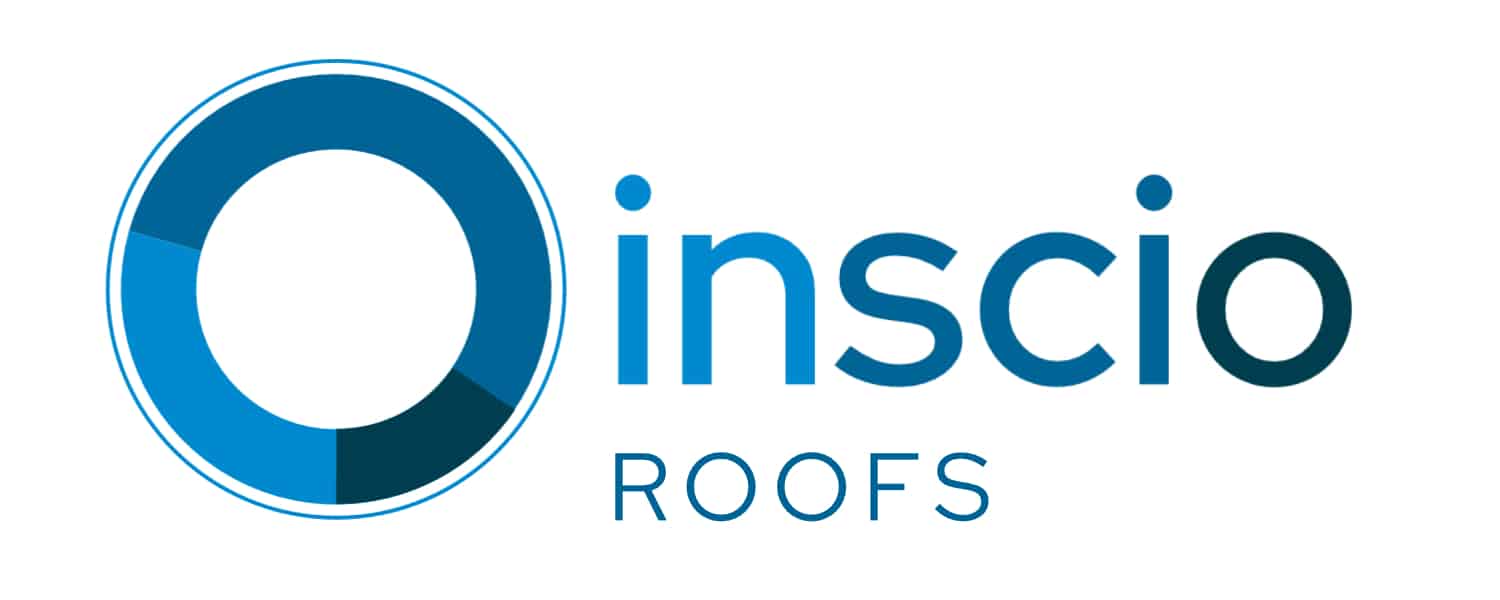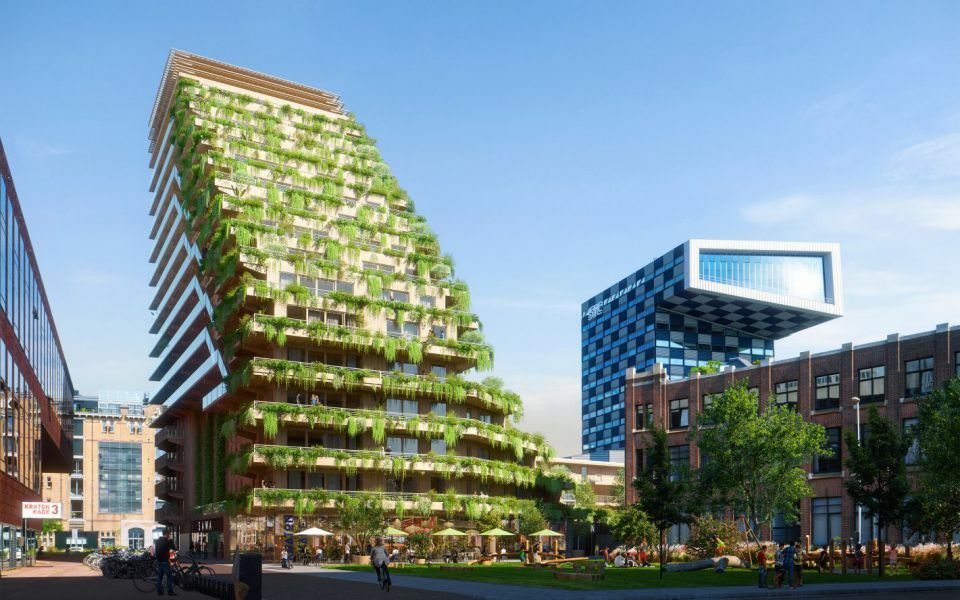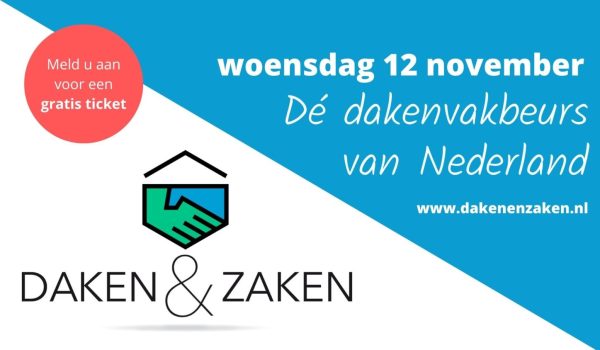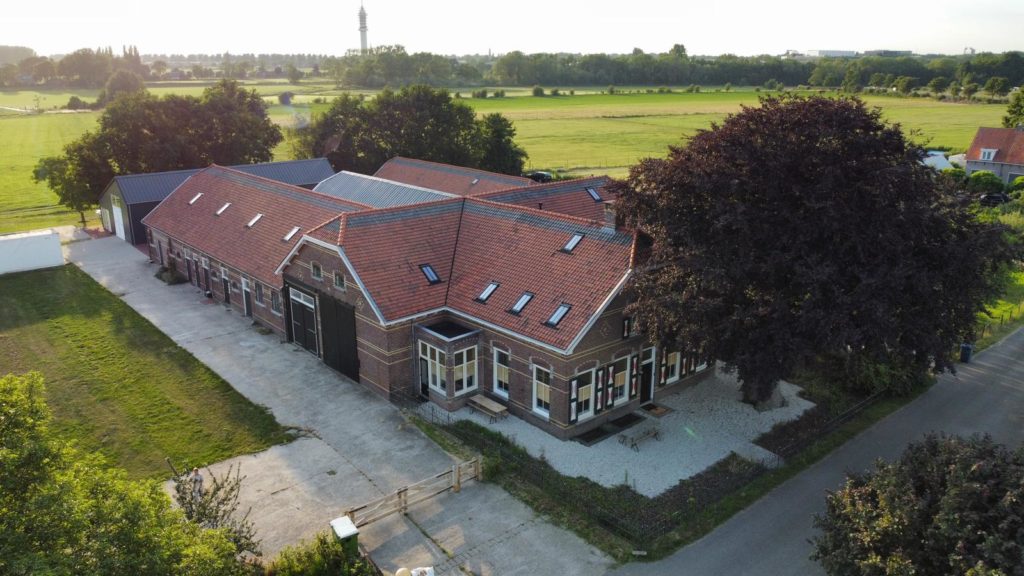ERA Contour is building the first wooden residential complex more than 50 meters high in Rotterdam. This building consists mainly of CLT (cross laminated timber) and minimal use of concrete. Because ERA Contour guarantees the timber construction, additional monitoring has been chosen and sensors have been added at tactical locations that continuously measure and report the moisture content. Here, senior quality & service consultant Nico Utberg and project organizer Taco Valstar of ERA Contour relate their experiences with timber monitoring.
SAWA in Rotterdam
On the Lloydpier on the Nieuwe Maas in Rotterdam stands a wooden building more than 50 meters high, with 39 owner-occupied apartments, 50 mid-rent apartments, 20 free-sector rental apartments, a catering facility and a social facility. This building is distinguished both by its CLT use, and its generous green terraces that contribute to more biodiversity in the neighborhood. Wood (CLT) is a more sustainable alternative to traditional building materials concrete, steel and stone, whose long-term behavior, however, has been less studied. SAWA is a joint development of ERA Contour and Nice Developers. "The advisory MYOP states that the building should be inspected for damages and moisture," Nico explains. "In order to monitor the moisture development with some regularity, we started looking for smart moisture meters."
Sustainable and healthy
The CLT wood used to build SAWA is more sustainable than concrete, steel and stone because trees store CO2 as they grow. In addition, wood is lighter in weight and enables prefabricated construction, making the construction process more optimizable. SAWA's supporting structure consists of wooden columns and beams connecting the columns, on top of which a wooden floor is installed. These columns, beams and ceilings are visible in the homes. Building with wood also creates a pleasant and healthy living atmosphere. "In addition to regularly monitoring the moisture development in this building, we also want to learn from it for subsequent projects," Nico continues. "A colleague of ours came across Inscio's sensors when looking for a solution," Taco adds.
"We can see very clearly through Inscio's sensors all the moisture the wood has to endure during the construction period. And the moisture sensors have also already detected two real leaks that would otherwise not become visible until much later, with potentially costly damage. We were able to seal these leaks immediately after detection."
Moisture monitoring in tactical locations
"We installed Inscio sensors in high-risk areas to automatically monitor moisture development," Taco explains. "For example, behind the paneling near the beams under the water barriers at the imposition of the gallery and the imposition of balconies. But also in each apartment, in the floor, near the bathroom in the technical room. In all, there are about two hundred sensors in the roofs, facades, terraces and apartments throughout the building. They teach us a lot about the moisture content in the wood during the use phase of the building. In addition, the sensors automatically alert us if there is a moisture problem anywhere, and they provide insight into how the wood structural members dry out again after repairing any leaks. That insight is valuable not only to us as the project developer and builder, but also to all the residents and the Owner's Association (VvE). After all, living in a largely wooden high-rise is a new experience for everyone."
Understanding moisture influences during construction
"We can see very clearly through Inscio's sensors all the moisture that the wood has to endure during the construction period," says Taco. "We have spared no expense to control the water management during the construction process as well as possible." That is next to fire the biggest enemy of wood in the construction phase". "You lock up wood that is still damp, which then has to dry naturally," Nico adds. "We have seen here very clearly the difference in drying of trapped and non-trapped wood. But also the influence of condensation during cold nights, where after the first report you think of a leak, when it turns out not to be one. However, the moisture sensors have also already detected two real leaks that would otherwise not be visible until much later, with potentially costly damage. We were able to seal these leaks immediately after detection."
Dates for warranty and maintenance
Nico Utberg and Taco Valstar are both enthusiastic about the added value of the data and insight provided by Inscio's sensors and in favor of using them more often. The application always remains a cost-benefit trade-off between automatic continuous monitoring and periodic visual human inspections, and/or traditional moisture measurement. With human inspections, not only the hours must be calculated, but also tools such as steps and safety devices. Furthermore, building complexity is another reason to use sensors for remote monitoring. At SAWA, the VvE also sees the added value of all the data and insight that the sensors will provide over the coming decades, for warranty and maintenance purposes. During the initial 5-year period, ERA Contour will continue to manage and monitor the sensor solution. During that period, the VvE can watch the management dashboard and then take management into their own hands.





